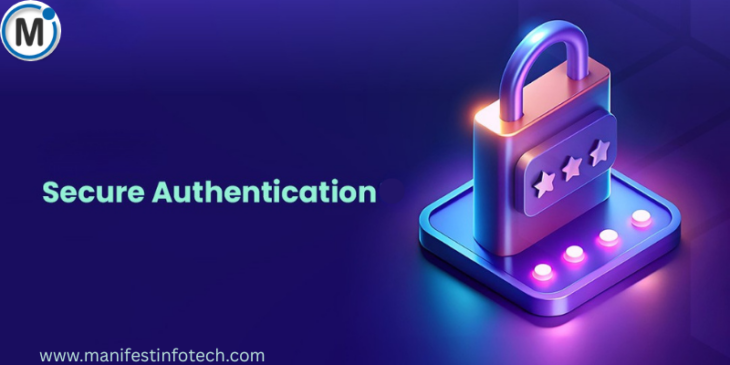
In today’s digital-first world, user accounts are under constant threat. From brute-force attacks to phishing scams, hackers are more creative—and persistent—than ever. That’s why secure authentication isn’t just a nice-to-have feature anymore—it’s a must-have layer of protection for any app, game, or SaaS platform.
So, what is secure authentication, and how can you implement it to keep user accounts safe? Let’s break it down.
What Is Secure Authentication?
Secure authentication is the process of verifying that a user is who they claim to be—and doing it in a way that prevents unauthorized access. Traditionally, this meant using a simple username and password. But in the modern threat landscape, that’s no longer enough.
Authentication has evolved. Today, it includes multi-factor authentication (MFA), biometrics, one-time passwords (OTP), and even passwordless login systems. The goal? To make it incredibly difficult for attackers to breach your system—even if they steal one piece of information.
Why Weak Authentication Is a Big Risk
Hackers don’t need to break down your whole system—they just need one vulnerable door. Weak authentication can lead to:
Account takeovers
Stolen customer data
Reputational damage
Financial losses
Regulatory fines
In short, authentication isn’t just a backend process—it’s a front-line defense.
Best Practices for Implementing Secure Authentication
Whether you’re building a mobile game, a SaaS dashboard, or a web app, here’s how to implement authentication that keeps your users—and your business—safe.
1. Use Multi-Factor Authentication (MFA)
MFA requires users to verify their identity using two or more factors:
Something they know (password)
Something they have (a phone or hardware token)
Something they are (fingerprint, face scan)
This drastically reduces the chance of unauthorized access.
2. Implement OAuth or Social Logins
Instead of building login systems from scratch, consider integrating with trusted providers like Google, Apple, or Facebook using OAuth 2.0. These platforms invest heavily in security, reducing your authentication risks.
3. Enable Passwordless Logins
Magic links, biometric verification, or device-based authentication are rising trends that enhance security and user experience by eliminating passwords altogether.
4. Enforce Strong Password Policies
If you must use passwords, enforce strong rules: minimum length, complexity, and regular rotation. Also, hash passwords using strong algorithms like bcrypt and never store them in plain text.
5. Monitor for Suspicious Activity
Use login anomaly detection (e.g., geolocation mismatches, multiple failed attempts) to flag and block potentially malicious activity in real-time.
The Future of Secure Authentication
From passwords to biometrics, authentication is evolving fast. The future leans heavily toward frictionless security—giving users a seamless login experience while keeping threats out. Biometrics, hardware security keys, and AI-driven risk detection are becoming the norm.
Conclusion
If you’re building any kind of digital product, secure authentication must be a top priority. By staying ahead of current trends and implementing best practices, you can protect your users—and earn their trust—in an increasingly dangerous online world.
If you are looking for any services related to Website Development, App Development, Digital Marketing and SEO, just email us at nchouksey@manifestinfotech.com or Skype id: live:76bad32bff24d30d
𝐅𝐨𝐥𝐥𝐨𝐰 𝐔𝐬:
𝐋𝐢𝐧𝐤𝐞𝐝𝐢𝐧: linkedin.com/company/manifestinfotech
𝐅𝐚𝐜𝐞𝐛𝐨𝐨𝐤: facebook.com/manifestinfotech/
𝐈𝐧𝐬𝐭𝐚𝐠𝐫𝐚𝐦: instagram.com/manifestinfotech/
𝐓𝐰𝐢𝐭𝐭𝐞𝐫: twitter.com/Manifest_info
#SecureAuthentication #CyberSecurity #MFA #PasswordlessLogin #BiometricSecurity #AppSecurity #OAuth2 #SaaSSecurity #LoginSystems #UserAuthentication #DigitalTrust #OnlineSafety #TechSecurity #GameDevSecurity #WebAppSecurity